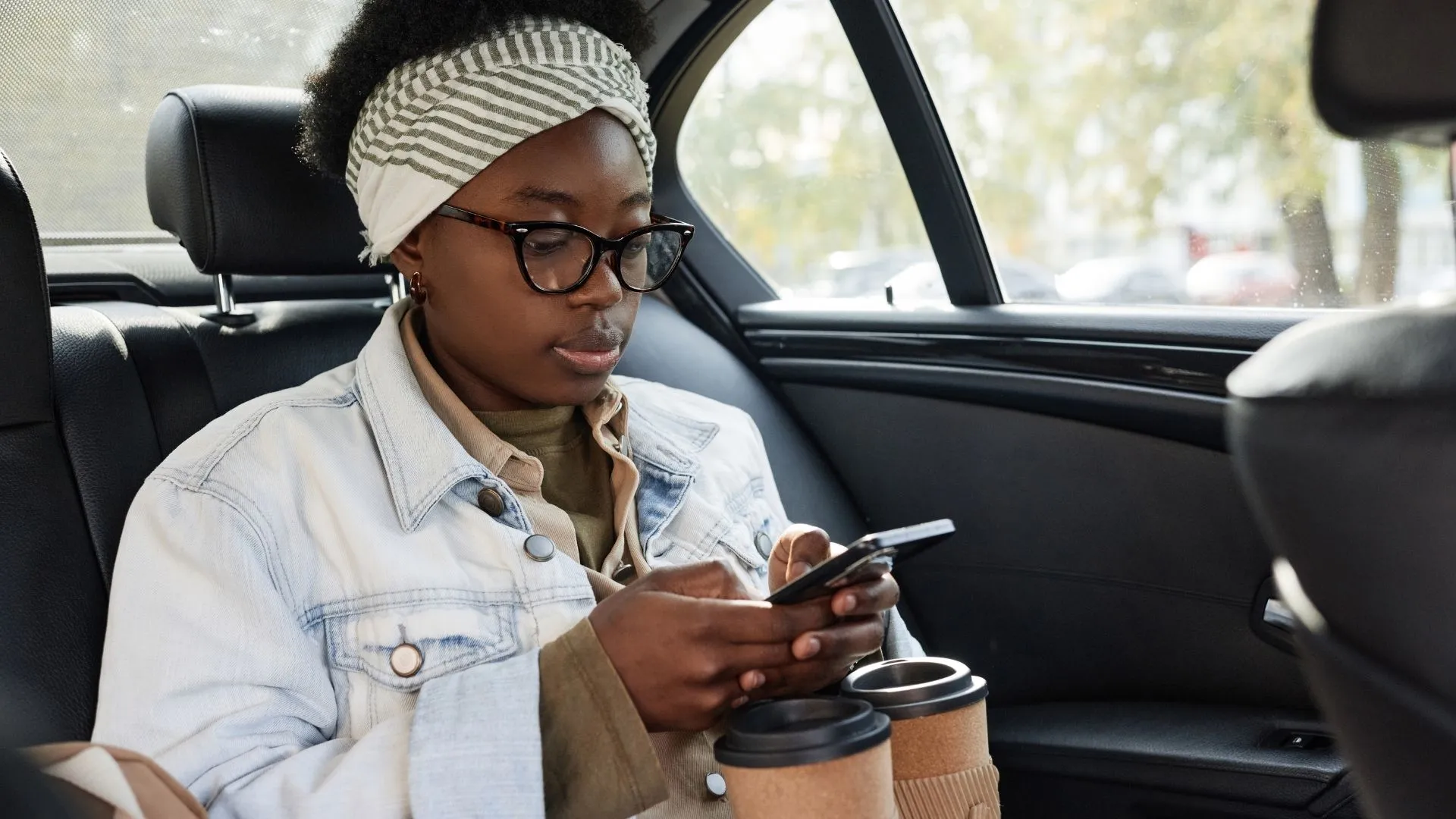
In recent years, urban mobility apps have revolutionized the way we get around cities. These apps offer practical solutions to everyday challenges like traffic jams, lack of efficient public transportation, and difficulty finding parking.
With just a few clicks, you can access shared transportation services, rent bikes or scooters, and even plan optimized routes using public transportation. The transformation in urban transportation enabled by these apps goes beyond convenience; it helps reduce environmental impact and improve quality of life in cities.
Services like Uber, 99, and ride-sharing apps are already part of the daily lives of millions of people, offering viable alternatives to the excessive use of private cars.

In this article, we'll explore the various features and benefits of urban mobility apps. You'll also find a practical tutorial to help you get the most out of these services and discover how these technologies can make your daily life easier while helping shape smarter, more sustainable cities.
Urban mobility apps emerged as a response to the growing demand for more flexible and affordable transportation solutions. Platforms like Uber and Lyft, pioneers in individual transportation, have become synonymous with convenience by connecting passengers with private drivers in seconds.
Furthermore, these apps have reduced dependence on private vehicles and promoted the concept of the sharing economy. In many cities, the reduction in vehicle traffic due to the use of these services has also contributed to improved air quality.
Another significant innovation is the service's customization. Users can choose different transportation categories, such as more economical trips or luxury options, meeting a variety of needs and budgets.
In addition to cars, urban mobility apps have expanded their offerings to include electric bicycles and scooters. Services like Lime, Tembici, and Grow allow users to rent these vehicles through mobile apps, promoting a sustainable alternative for short distances.
This option is especially useful in areas with heavy traffic or where public transportation is limited. Electric bikes and scooters help reduce commute times and contribute to a greener city.
Another benefit is integration with public transportation systems. Many cities are implementing mobility hubs where users can combine different modes of transportation, making travel more efficient and less polluting.
Urban mobility apps also help users navigate public transportation more efficiently. Apps like Moovit, Google Maps, and Citymapper provide real-time information on bus, subway, and train schedules, as well as suggest optimized routes based on the user's location.
These services are particularly useful in large cities, where public transportation networks can be complex. Using these apps, you can plan trips in advance, avoiding delays, and choosing less busy times.
Additionally, some apps allow you to purchase tickets directly through the platform, eliminating the need for queues and facilitating access to public transportation.

The adoption of urban mobility apps has a direct impact on the sustainability of cities. By encouraging the use of shared transportation, such as carpooling and cycling, these apps help reduce greenhouse gas emissions and urban congestion.
For example, the popularization of carpooling through apps like BlaBlaCar and Waze Carpool not only reduces individual transportation costs but also reduces the number of vehicles on the road. This shift is essential to combat the effects of climate change and improve the quality of life in urban areas.
Additionally, many apps are investing in electric vehicle fleets and promoting initiatives to neutralize their carbon emissions, reinforcing their commitment to a more sustainable future.
With so many options available, choosing the ideal app can seem daunting. However, a few factors can help you make that decision:
By evaluating these aspects, you'll be able to choose an app that efficiently meets your mobility needs.
Here's a simple step-by-step guide to getting started with urban mobility apps:
Urban mobility apps are transforming the way we move around cities, offering practical, affordable, and sustainable solutions. Whether through shared transportation, electric bicycles, or efficient route planning, these apps are helping shape a more connected and accessible future.
The growing popularity of these services reflects not only a change in consumer habits, but also a search for more conscious and intelligent alternatives. By integrating these technologies into your routine, you not only save time and money but also contribute to a more efficient and sustainable city.
Try urban mobility apps and discover how they can transform your transportation experience. The future of mobility is at your fingertips!

Marcelo is a renowned creator of digital content who has made a name for himself in the online world with his website Viaonlinedigital.com, a platform dedicated to education and the sharing of knowledge in various areas of modern daily life. With a career marked by a passion for technology, business and innovation, Marcelo has turned his professional experience into a reliable source of information for thousands of readers.